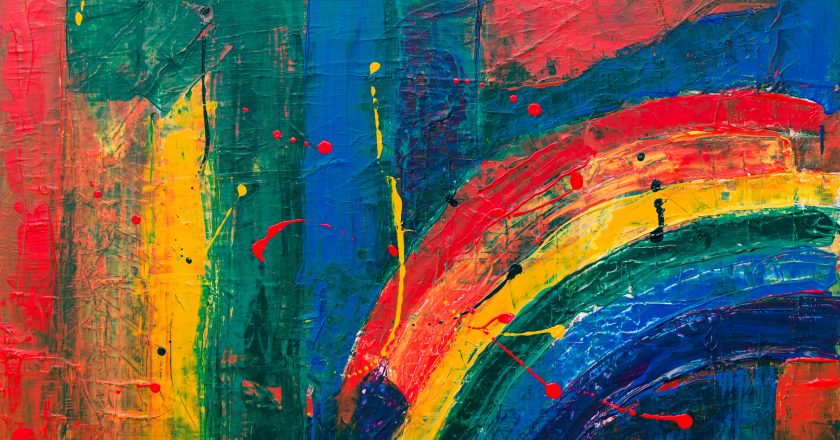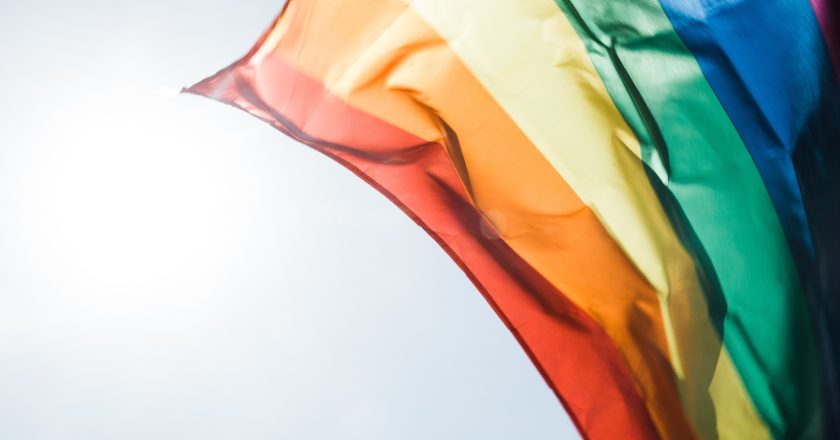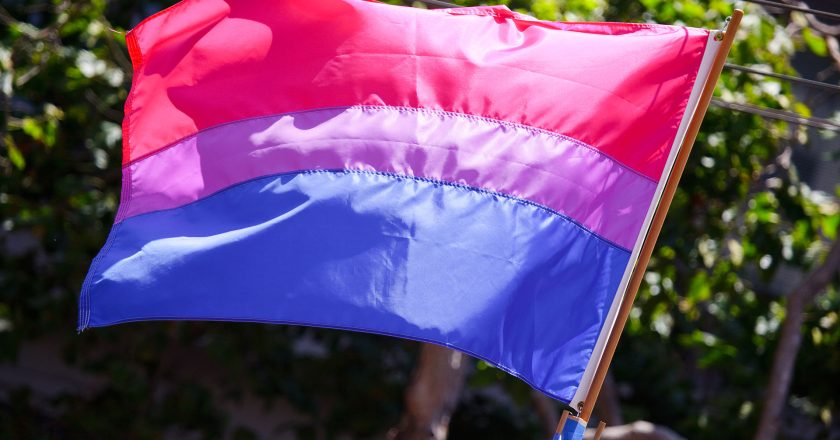Queer at Royal Holloway: Interviewing our LGBT+ Community
University is often considered a place to ‘find yourself’. Most students have come straight from A-Levels, from the cliquey savagery that defines one as ‘popular’, ‘unpopular’, ‘weird’, ‘edgy’. In my experience of a small-town, back-arse-of-nowhere all-girls’ school, these categories trumped any personal identity. University, on the other hand, is all about individuality. Sometimes it’s almost like a game of ‘who can be the MOST unique, quirky, fucked-up of them all?’ Those kids who ran the social hierarchy in school (you can detect them because they adamantly claim that ‘popularity wasn’t a thing in their school’) have to re-adjust to this new ecosystem, leaving many 18-year-olds to essentially start again. Of course, many have been grappling with their identity long before university, m...



